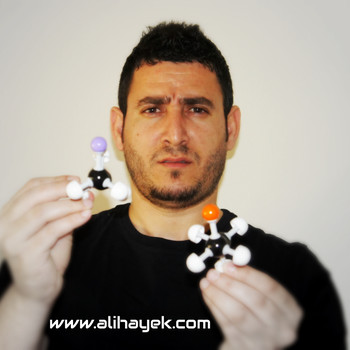What is the balanced molecular, ionic, and net ionic equation for: Solutions of acetic acid and sodium nitrite are mixed.?
1 Answer
See below.
Explanation:
The reaction between two solutions of acetic acid (
The Molecular equation:
The ionic equation:
The net ionic equation:
In this case, since all ions are in solution, and remain in solution after mixing, the net ionic equation will be the same as the ionic equation.
Moreover, in a more complex way to explain this, since acetic acid is a weaker acid than nitrous acid, the reaction will favour the side where acetic acid is; which is the left side.
Note that reactions between an acid and a base favour the formation of the weaker acid.
An example where ionic equation would be different than the net ionic equation is the following.
If we mix a solution of silver nitrate (
The ionic equation:
The net ionic equation:
Here the two equations are different because
I hope you find this helpful.

